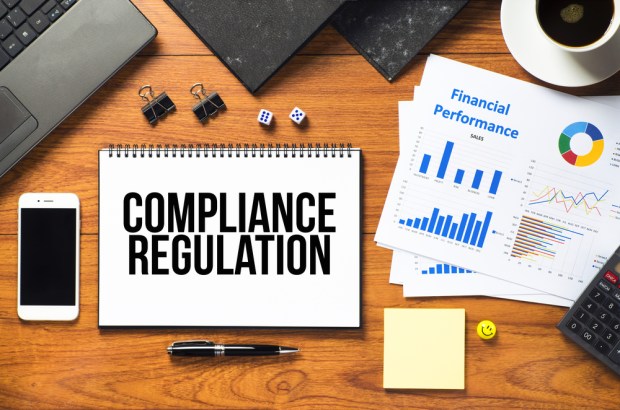As Compliance Burden Grows, Tech Acts As Salve

Financial professionals have their hands full with regulations and mandates from the government and any other number of entities, a list that grows as supply chains and customer rosters lengthen and cross borders. Robert Half SVP Dan DeNisco explains how technology can smooth the day-to-day rigors of compliance.
Dodd-Frank. Durbin. Basel. Know your customer. Oh, and AML, too. The life of a financial executive is fraught with navigating the rules and complexities of compliance in a world that is increasingly marked by international operations and cross-border transactions.
Small wonder, then, that a report jointly issued by Robert Half and Financial Executives Research Foundation reported that costs tied to firms’ financial functions are on the rise, with compliance costs starting to see real growth. And the rise may be an inexorable one over the next few years.
The “Benchmarking the Accounting and Finance Function 2016” report found that more than half of U.S. and Canadian firms, where 1,700 in total were surveyed, expect compliance costs to jump over the next three years.
In an interview with PYMNTS, Dan DeNisco, senior vice president at Robert Half, stated that steady compliance costs have now given rise to growth, as there has been a “growing awareness” of compliance needs, and especially headcount, which has been on the rise, too. The employment costs that are directly incurred through compliance efforts are up for the largest companies of those surveyed, said the executive, with the top line of those firms coming in at $5 billion or more. The costs can be significant here, said DeNisco, coming in at 5 percent of revenues and a far cry from similar expenses totaling 1 percent of sales. One reason for the higher costs is that firms must compete on salary for an increasingly scarce and skilled set of compliance professionals.
DeNisco said that technology can help manage costs tied to compliance, where the adoption of cloud-based software can help streamline the compliance efforts. “Moving to the cloud makes sense from a standpoint of flexibility,” he noted. The absence of manual processes, said DeNisco, can be likened to “flipping a switch,” where risk controls and other business tools can be updated with speed. There certainly is room for growth for newer technology adoption, as 62 percent of U.S.-based respondents to the study said they are using the cloud or plan to, compared to 51 percent in 2015.
One of the more important needs for automated compliance efforts, said DeNisco, is the continued urgency of having proper documentation processes, where technology that offers up graphical representations of “flow charts and processes” can help with communication within a firm and its supply chains. This is especially important in an age where a still significant percentage of companies, at more than half of all North American firms, said they still rely on manual reconciliation of accounts.
DeNisco told PYMNTS he has noticed “a lot of voluntary compliance efforts” on the part of finance executives who have been, early on in the wake of mergers and acquisitions, for example, adopting technology and taking extra steps to be in the vanguard of compliance and regulatory efforts — not tied to any specific vertical but perhaps in anticipation of scrutiny that may be there should these private firms decide to go public.
